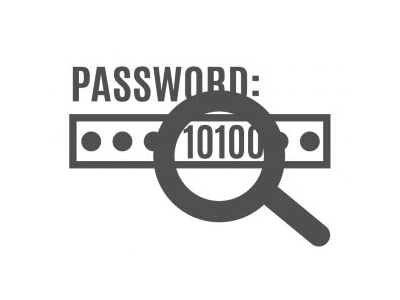 Fast täglich werden Nutzer zu Opfern sogenannter Phishing-Mails.
Fast täglich werden Nutzer zu Opfern sogenannter Phishing-Mails.
Daher möchte ich in diesem kurzen Beitrag aufzeigen, auf welche Details geachtet werden kann, um böswillige E-Mails zu identifizieren.
Dies ist natürlich kein Schutz vor Spear-Phishing-Mails, wie Sie von professionellen Hackern oder Penetrationstestern verwendet werden. Für eine derartige E-Mail habe ich unten ebenfalls ein Beispiel angehangen.
Phishing-Mails können sehr varieren, die meisten enthalten in der Regel Dateianhänge oder Links. Im Folgenden erläutere ich zwei Beispiele, wie Sie fast täglich in der Mailbox landen.
#1 Datei-Anhänge
Diese Anhänge enthalten häufig Schadcode, welcher beim Öffnen ausgeführt wird. Hierbei können die Auswirkungen von der Installation von Adware (z.B. unerwünschte Werbeanzeige im Internetbrowser) bis hin zur Vollständigen Kompromitierung des Systems reichen.
#2 Links
Diese können entweder auf Webseiten führen, welche via Drive-by-Downloads Schadcode laden und gleiche Auswirkungen, wie Datei-Anhänge haben. Oder der Nutzer wird auf eine Webseite weitergeleitet, welche eine Kopie eines Logins ist (z.B. Sparkasse, PayPal, amazon, etc.). Gibt der Nutzer dort seine Zugangsdaten ein, werden diese dem Angreifer übermittelt, sodass dieser den jeweiligen Account übernehmen kann.
Wie erkennt man diese E-Mails?
- E-Mail Absender
Neben dem angezeigten Namen, sollte auch der tatsächliche Absender geprüft werden. Ein angezeigter Name „PayPal“ mit dem Absender beate.meier@web.de macht wenig Sinn. - Uhrzeit
E-Mails, welche um 03:38 Uhr versandt werden, sprechen nicht gute Arbeitsbedingungen des Absenders… Natürlich werden derartige häufig von sogenannten Bots versendet, welchen nicht auf die jeweilige ortliche Zeit achten. - Anrede
Eine allgemeine und unpersönliche Anrede, wie „Sehr geehrte Damen und Herren“ bzw. „Sehr geehrte Kunde“, kann ebenfalls ein Zeichen für eine automatisch generierte Phishing-Mail darstellen. - Rechtschreibung & Formatierung
Seriöse Unternehmen versenden keine E-Mails mit groben Rechtschreib- oder Formatierungsfehlern (In der Regel ;-). - Schluss
Kein Name unter „Mit freundlichen Grüßen“ oder falsche Angaben zum Unternehmen sind ebenfalls ein Indiz für eine Phishing-Email. Prüfen Sie bei derartigen E-Mails auch triviale Dinge, wie den Firmensitz. Dieser ist ähnlich trivial in Erfahrung zu bringen, wie eine korrekte Rechtschreibung. Amazon hat seinen Sitz zum Beispiel nicht in „Amazon EU S.a r.l. (Societe a responsabilite limitee), 3 Rue Paerer, L-2358 Paris“ 😉
Mit diesen recht einfachen Kontroll-Schritten, können viele Phishing-Mails erkannt und sicher gelöscht werden. Für weitere Informationen zu technischen Schutzmöglichkeiten und Nutzer-Sensibilisierung können Sie mich einfach kontaktieren.
Zum Abschluss noch das angekündigte Beispiel für eine Spear-Phishing-Mail, wie Sie im Juli 2017 hätte verschickt worden können. Diese hätte ggf. eine deutlich höhere Wahrscheinlichkeit, dass der Anhang vom Empfänger geöffnet wird, als das obige Beispiel.






